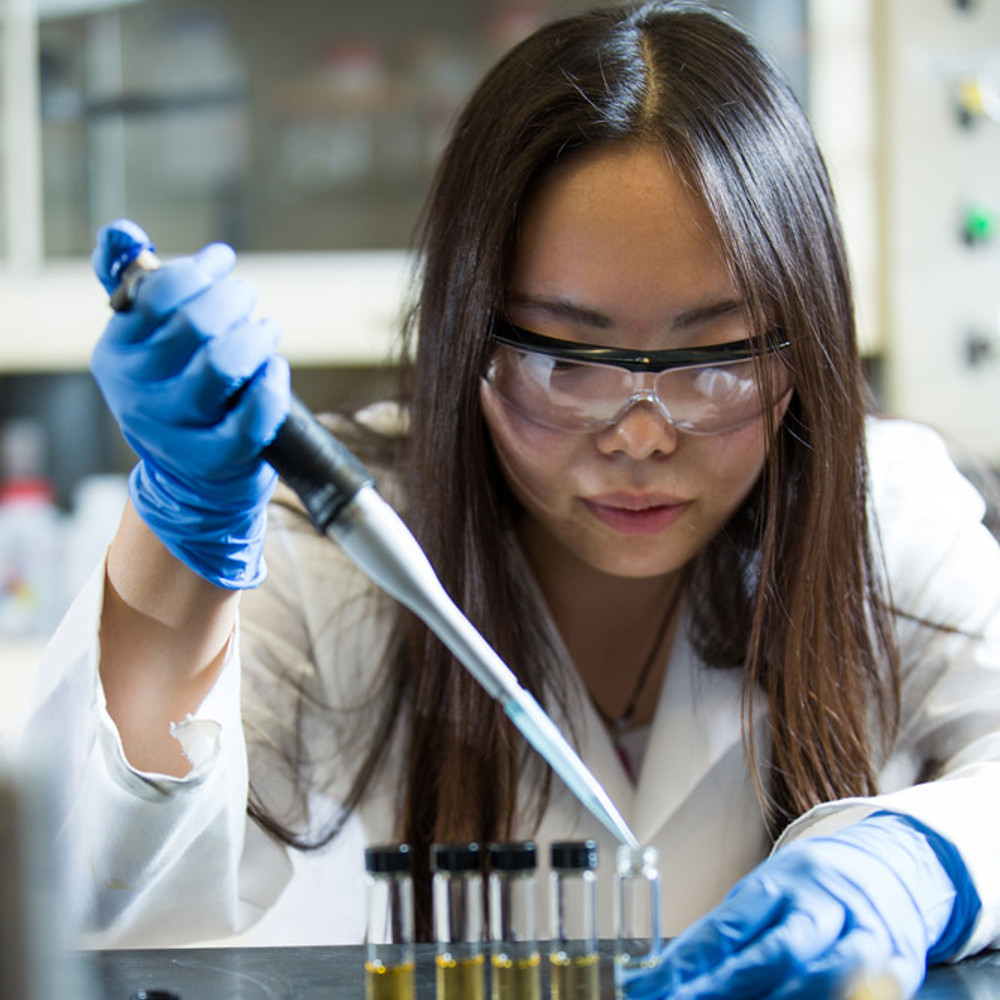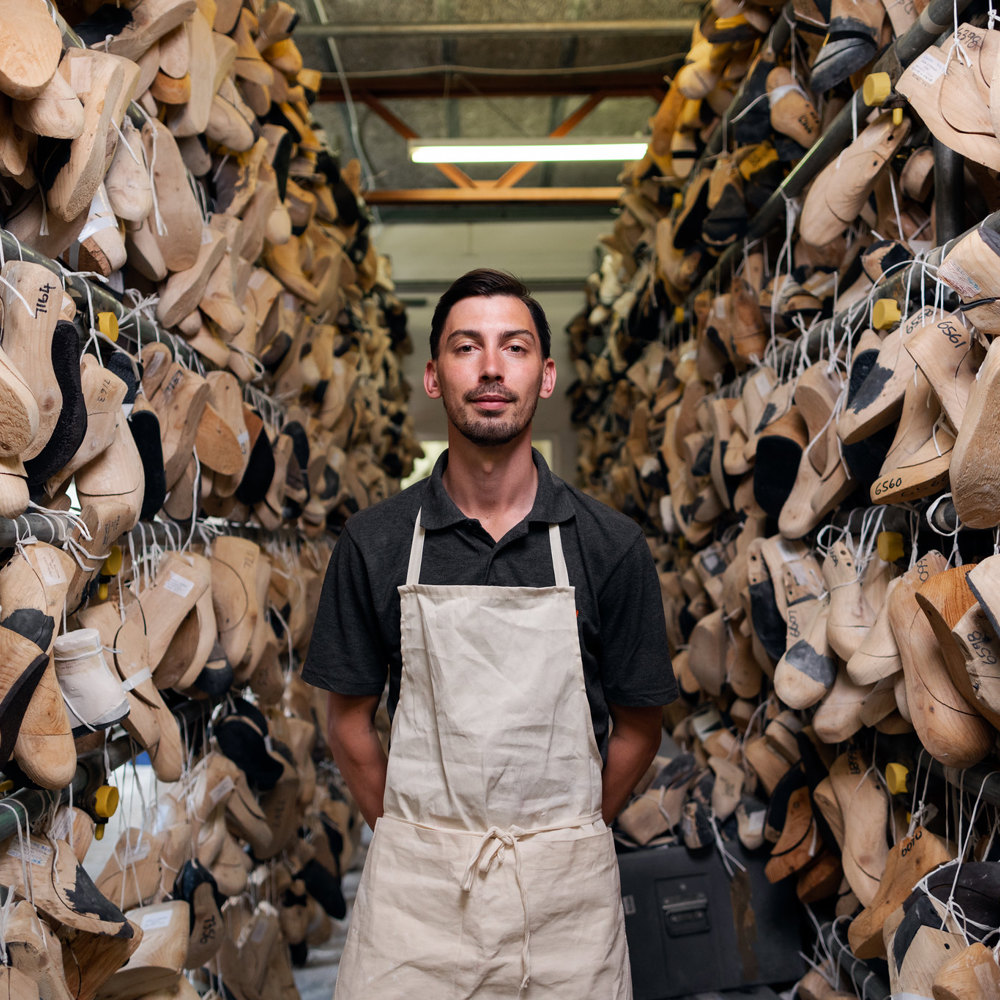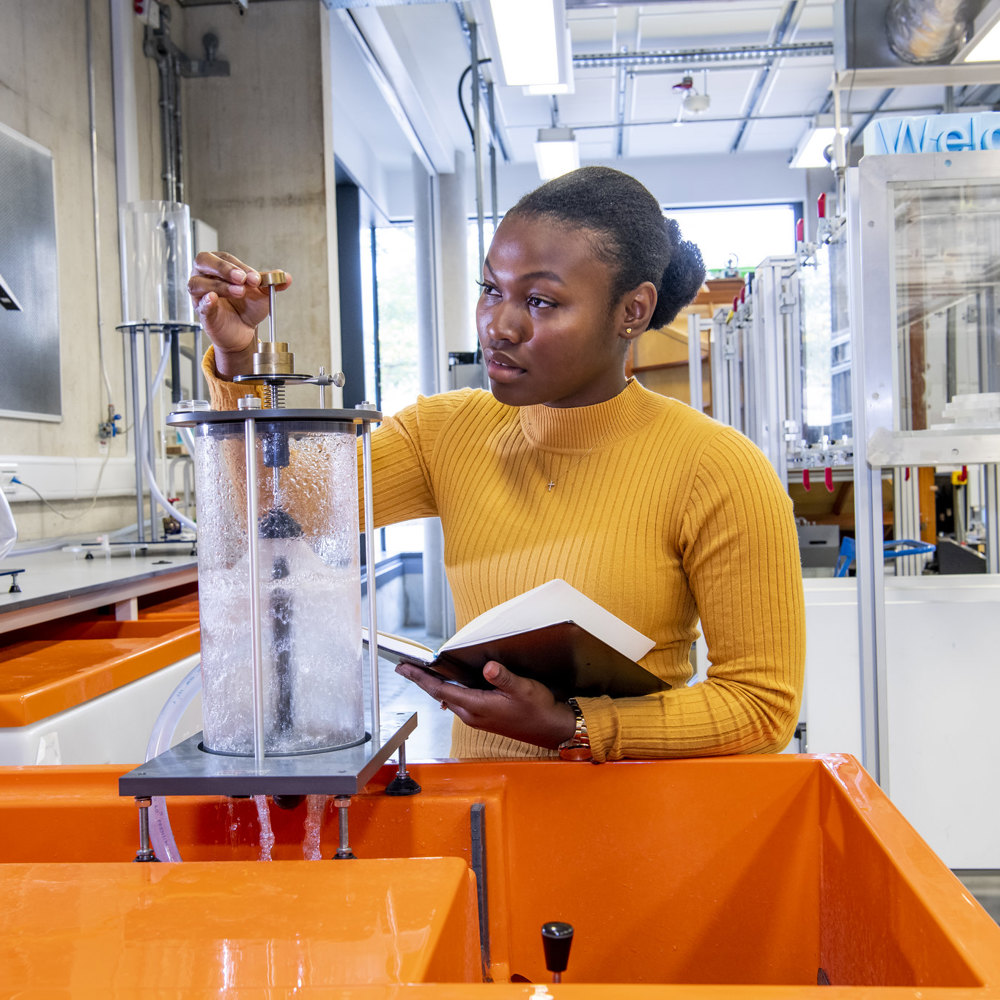Programme overview
Video transcript
Our research sits at the very forefront of engineering and biology. So we're actually really, really good at treating water. The issue is it takes a lot of chemicals, a lot of energy, and simply is not sustainable economically or environmentally. Slow sand filtration is low cost and sustainable, but the issue is that it's also unreliable. With my background in environmental microbiology, we're now able to make slow sand filtration and biofiltration a reliable, sustainable solution for drinking water treatment. And of course, then this can be used globally because more than 800 million people are without access to clean drinking water. It's been a complete eye opener and really, really informative to work so closely with Scottish Water. They came to our monthly meetings and discussed real everyday industry challenges. So really this is a collaboration and a co-development of our research project that would not happen without the support of the Research Chair. As an engineer, my main duty or my moral responsibility would drive me to do what is needed to stop climate change. Highview technology is mainly for very large scale applications, which is needed for net zero 2050 because when we would have majority of energy generation from renewables and hence storage is essential. I was fortunate to be awarded this Royal Academy of Engineering Research Chair, which enabled me to grow the team from initially three, including myself, to 35 in five years. Without this scheme, I wouldn't be able to get what I'm getting today in terms of training next generation engineers and myself, my own success in terms of recognition. I get a lot more known by the community, not only in the UK but globally. And another indication is that I was elected to the Academy as a Fellow of the Royal Academy of Engineering in 2020, which is one of the biggest accomplishments I have. I would absolutely encourage anyone to apply for this scheme. It's been really essential to the growth and development of my career.
About the scheme
Funded by the UK Department for Science, Innovation and Technology (DSIT), over the last 35 years, the Academy’s Research Chairs and Senior Research Fellowships scheme has successfully supported over 200 academic appointments and enhanced internationally renowned centres of excellence.
Awardees are expected to:
- establish or enhance a world-leading engineering research group
- deliver 'use-inspired' research that meets the needs of their industrial sponsors
- disseminate the outcomes of their research for appropriate academic use
- become a self-sustaining research group by the end of the award (by securing substantial external grant income).
How we're working to improve access to the scheme
We have introduced several changes to the Research Chairs and Senior Research Fellowship scheme to increase flexibility and access for applicants from diverse backgrounds Key changes include:
- The award can be held part-time (at no less than 25% of the full-time equivalent)
- The start date is more flexible
- In the upcoming round, awardees can choose to begin between 1 March and 30 April 2025
- The contribution required from the industrial sponsor is now proportionate to their size. The contribution could be cash or in-kind support
- Small enterprises are required to contribute a minimum of £125k.
- Medium enterprises are required to contribute a minimum of £175k.
- Large enterprises are required to contribute a minimum of £250k.
The Royal Academy of Engineering is committed to diversity and inclusion and welcomes applications from all under-represented groups across engineering. It is the Academy's policy to ensure that no applicant is disadvantaged or receives less favourable treatment because of age, disability, gender reassignment, marriage and civil partnership, pregnancy and maternity, race, religion or belief, sex or sexual orientation. We would like to support you to achieve a balance between your personal and work demands. We are happy to discuss individual requirements and consider part time and other flexible working arrangements.
Awardee Excellence Community
Connecting talent, passion and expertise to drive excellence in engineering and change the world for the better
Academy Café events
Our online Academy CAFÉ (Connecting Awardees, Fostering Engagement) series provides engagement for awardees and alumni
Engineering for a change
Video transcript
Our goal is to find the rules through computer modeling that allow us to conceive a new generation of materials in applications that range from rocketry to airplanes, cars, and armor. My name is Pedro Rivera, and I'm a professor in the engineering department at Lancaster University. I work in laser powder bed fusion, which involves metallic powders that, through a laser, are printed in layers. Layer by layer, a three-dimensional product is constructed, which is why it's called 3D printing. There's a large range of products that can be 3D printed, from aerospace turbine blades to components for tools. Additive manufacturing is unique in its capacity to engineer or structure the material layer by layer, with some layers being thinner than a hair. For example, in the case of turbine blades, one application allows the blade to contain canals that cool down the engine. The unique aspect of 3D printing is its ability to achieve shapes programmed on a computer and then 3D print them in a different location. Additive manufacturing offers the ability to locally produce the entire component, from the production of the material to the final part, as only the powders are needed, and the component is then 3D printed. When producing a component from raw material, a lot of energy is spent shaping and reshaping it. However, when a part is 3D printed from the start, it will be close to the final shape, reducing material waste and the energy spent on reshaping. Carbon emissions are dramatically reduced because 3D printing produces very little waste, and some of the powders can be recycled and used to produce a new part. 3D printing offers two unique features: first, the complexity of the product's topology or shape, and second, the ability to control the material's properties layer by layer using a laser, which traditional technologies cannot achieve. For example, in the case of armor, 3D printing can produce materials with properties that dissipate energy differently when a bullet impacts, allowing for lighter, bulletproof vests with lattice structures. These structures react actively and dissipate energy as the bullet penetrates the body armor. The principles learned from this technology are versatile and can extend to other applications, such as producing lightweight yet strong golf clubs that maintain their shape when hitting a ball. Looking ahead, if we understand the minerals available on the crust of a new planet, such as Mars, and have the technology to extract, refine, and produce powders from them, as well as the right printers on the planet, we would be able to produce components to satisfy the needs of a future colony. The Royal Academy of Engineering has been essential in providing the resources for us to focus on pure research, which can then be exploited to make a real impact. The best inventions come from fundamental principles, and by understanding these principles that control materials, we can engineer properties that will lead to totally new applications.
Related content

Find out more about opportunities available to UK based researchers
Find out more about opportunities available to UK based researchers

Read about successful industry-university collaborations
Professor Dame Ann Dowling blogs on the importance of academia-industry research partnerships

Global Talent Visa
The Global Talent visa is a UK immigration category for talented and promising individuals in specific sectors wishing to work in the UK.
